When I wrote Ode to Browning, I wondered aloud how a Mormon kid from Ogden, Utah, could become the world’s most influential gun designer. That muse was not an idle thought. Last week I visited the Nauvoo, Illinois home and shop of John Moses’ father, Jonathan, and the story became clear. In Illinois I delved into an ugly period of American history that many people would rather forget. A history of renegade militias and mob justice, human rights violations and unlawful detentions, slavery and prejudice, abuse of governmental power and government sanctioned murder. And guns.
Jonathan Browning was born in Summer County, Tennessee, in 1805. After years of apprenticeship, he established himself as a blacksmith and, later, lock and gunsmith in the town of Quincy, located on the Mississippi River in the westernmost reaches of Illinois. There he earned a reputation for craftsmanship and innovation including a “sliding breech”Harmonica gun of his own design.
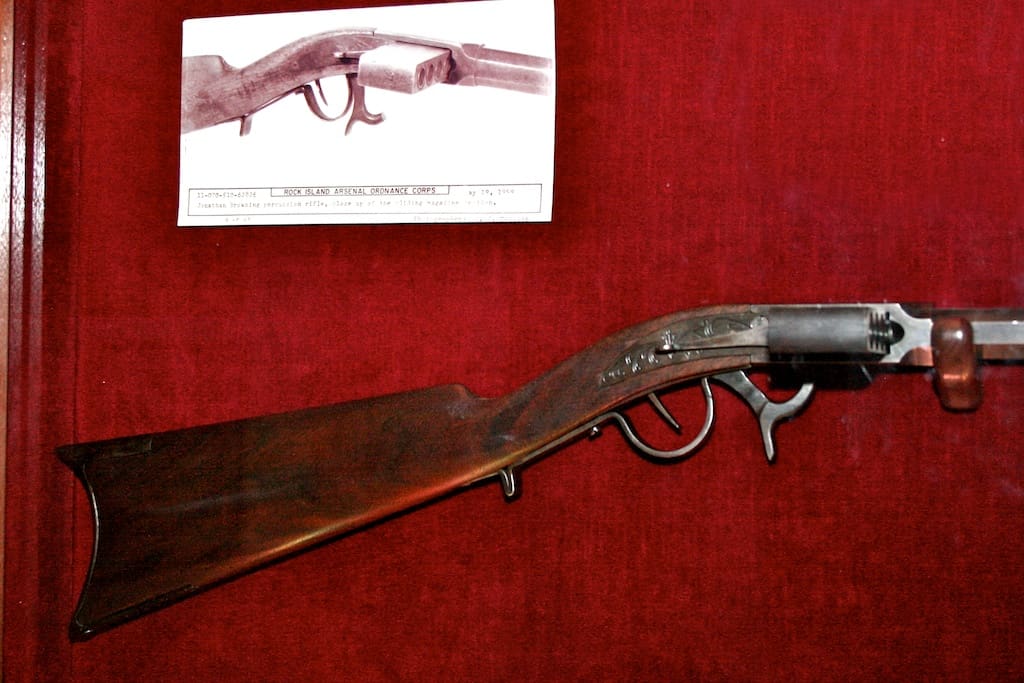 Respected in the community, Jonathan Browning was elected Justice of the Peace. In that capacity he sometimes boarded circuit lawyers who traveled to county seats thought the region to represent clients. On at least two occasions he hosted a lanky young Illinois attorney named Abraham Lincoln.
Respected in the community, Jonathan Browning was elected Justice of the Peace. In that capacity he sometimes boarded circuit lawyers who traveled to county seats thought the region to represent clients. On at least two occasions he hosted a lanky young Illinois attorney named Abraham Lincoln.
In Quincy, papa Browning also came into contact with Mormon refugees fleeing Missouri. Tensions between Mormons and Missourians began shortly after church members began moving into the “Show Me” state in 1831. Many of the new settlers were converts to the church from England, Scandinavia or – worse – northern states, and were appalled by the southern institution of slavery. The number of Mormons grew quickly. Before long, it became apparent to native Missourians that the Mormons were becoming a powerful political force that was a threat to their future as slave owners.
The locals formed militias and mobs to harass the Mormon interlopers. By 1836, Mormon militias had been disarmed as part of a negotiated truce. Thus unprotected, mob violence against Mormons increased until church members were driven from their homes and relegated to live within a single county – undesirable for farming – in the northern part of the state. Furthermore, they were forbidden from voting “no more than negroes,” according to one Missourian.
Tensions finally came to a head after one of the Mormon’s principle antagonists, Lilburn Boggs, became elected Governor. Following a clash known as the Battle of Crooked River, Governor Boggs issued the infamous Missouri Executive Order 44, which stated that “The Mormons must be treated as enemies, and must be exterminated or driven form the sate if necessary for the public peace.” (NB: this order, issued October 27, 1838, was not rescinded until June 25, 1976.)
At the time of their expulsion from Missouri, Mormons accounted for nearly half the population of the state.
Five thousand displaced Mormons found refuge across the river in Quincy. Although the flood of exiles vastly outnumbered Jonathan Browning and his fellow Quincy residents, they took the Mormons in, fed them, and housed them until spring. Furthermore, the city council resolved:
That the [governor] of Missouri, in refusing protection to this class of people when pressed upon by an heartless mob, and turning upon them a band of unprincipled Militia, with orders encouraging their extermination, has brought a lasting disgrace upon the state over which he presides.
It is not now known precisely what role Jonathan Browning had in caring for the Mormon refugees or what his relationship to the church was at that time, but we do know that a few years later he traveled to Nauvoo, Illinois, a town the Mormons established about fifty miles upriver, in order to meet the church’s founder, Joseph Smith, Jr. Browning was impressed enough that he converted to the faith and relocated his home and business to Nauvoo.
Nauvoo was a religious boom town that swelled to more than twelve thousand residents within seven years time – rivaling Chicago in population. After an initial honeymoon, relationships between the Mormons of Nauvoo and their Illinois neighbors began to fail. In 1844, Smith was arrested and killed in his prison cell by a mob consisting primarily of off-duty militia members.
After the assassination, agitation against the Mormons continued. Vigilante militias and mobs organized themselves for a “wolf hunt” wherein Mormons were the wolves. The Mormons formed a powerful militia of their own, the 2000 man Nauvoo Legion, armed with .69 caliber US Model 1816 flintlock muskets and a smaller number of .54 caliber Harpers Ferry Model 1803 rifles.
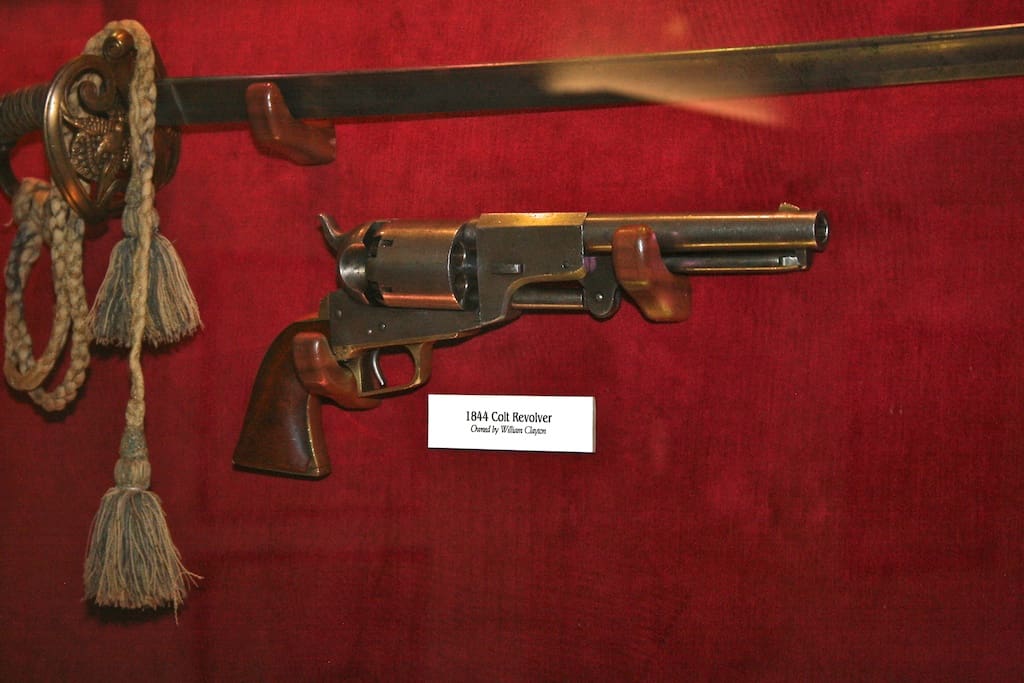 The Nauvoo Legion could protect the Mormon citizens living within the city, but could do little for church members scattered on farms throughout the surrounding countryside. Farmers moved their families to the city and Nauvoo turned into a city under seige. Illinois’ governor intervened to protect the Mormons, but the harassment continued. Eventually the State legislature revoked Nauvoo’s city charter, effectively disbanding the Nauvoo Legion and requiring the return of government-issued arms. Defenseless, the Mormons were forced, once again, to abandon their homes and relocate in the dead of winter (1845-46).
The Nauvoo Legion could protect the Mormon citizens living within the city, but could do little for church members scattered on farms throughout the surrounding countryside. Farmers moved their families to the city and Nauvoo turned into a city under seige. Illinois’ governor intervened to protect the Mormons, but the harassment continued. Eventually the State legislature revoked Nauvoo’s city charter, effectively disbanding the Nauvoo Legion and requiring the return of government-issued arms. Defenseless, the Mormons were forced, once again, to abandon their homes and relocate in the dead of winter (1845-46).
Jonathan Browning and his family were among those forced from their homes. At the request of Brigham Young, who by then was acting as the head of the church, Browning set up a temporary shop in Iowa to repair and manufacture guns for Mormons that were beginning their trek westward along the Mormon Trail to Salt Lake City.
In 1852, Jonathan Browning finally migrated to the Utah territory, settling in the city of Ogden. Jonathan accepted the church practice of polygamy and a few years after arriving in Utah, John Moses was born to one of his father’s three polygamist wives. When old enough, the Browning scion began working side-by-side with his father. Of those years John Moses once observed, “We ridiculed some of the guns we fixed, and I damned some of them when Pappy wasn’t near, but it never occurred to us to make better ones. He was too old, and I was too young.”
Although John Moses Browning did not live through the 1838 Mormon War in Missouri, the “Mormon War in Illinois” in 1846, or suffer the crossing of the great plains and Rocky Mountains, he was born into a culture informed by those experiences. And he was still a young boy when war once again came upon the Mormons.
In 1857, President James Buchanan sent troops to Utah to quell what he called a Mormon Rebellion – an action that the national press eventually dubbed “Buchanan’s Blunder.” Ostensibly, Buchan sent the troops in to stop the Mormon practice of polygamy, which the church publically first acknowledged in 1852, but the reality was more complex.
Mormons asserted their right to practice polygamy under the principle of popular sovereignty, the same democratic principle that was being asserted by southern states to justify the practice of slavery. If the Utah Territory was denied its right to popular sovereignty over the practice of polygamy, then southern states too could lose their right to determine the slavery issue for themselves. In other words, polygamy – a practice universally reviled in the north and south – was muddying the legal and ethical waters of the far more controversial practice of slavery. So, Buchanan ham-fistedly accused the Mormons of rebellion so that he could forcibly take polygamy issue off the table and restore the delicate balance between north and south, thereby postponing a larger civil war.
Federal troops marched into Salt Lake City and Mormon leaders went underground. After an awkward year, Brigham Young was replaced as territorial governor by a non-Mormon and a fort was built for a contingent of 2500 federal troops placed under the new governor’s command. Thus began a decades long cat and mouse game between polygamist church leaders and the U.S. Army. Meanwhile, the young son of a polygamist gunsmith patiently perfected his gunmaking skills.
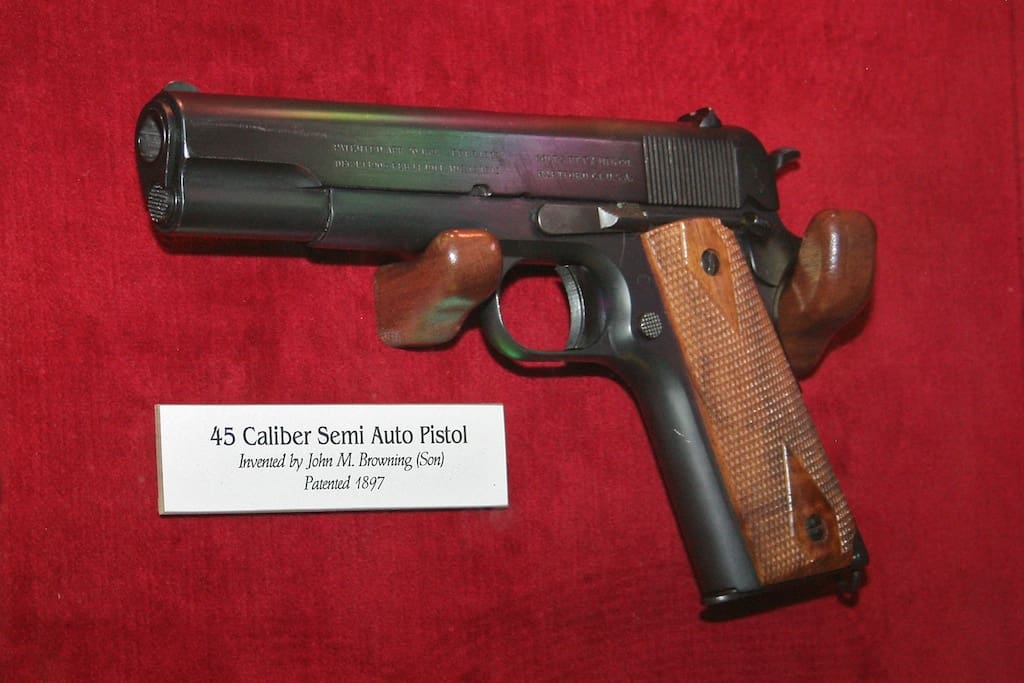 Mob violence and war after war shaped the society into which John Moses Browning was born, he lived with the ever-present dangers of frontier living, and for much of his life, federal troops posed an existential threat to the family in which he was raised. Is it any wonder he craved weapons that were more reliable, more accurate and faster? The Mormon Church persisted in the practice of polygamy until 1890. By that time John Moses Browning was working under contract with the Winchester Repeating Arms Company and was well on his way to becoming a firearms legend.
Mob violence and war after war shaped the society into which John Moses Browning was born, he lived with the ever-present dangers of frontier living, and for much of his life, federal troops posed an existential threat to the family in which he was raised. Is it any wonder he craved weapons that were more reliable, more accurate and faster? The Mormon Church persisted in the practice of polygamy until 1890. By that time John Moses Browning was working under contract with the Winchester Repeating Arms Company and was well on his way to becoming a firearms legend.

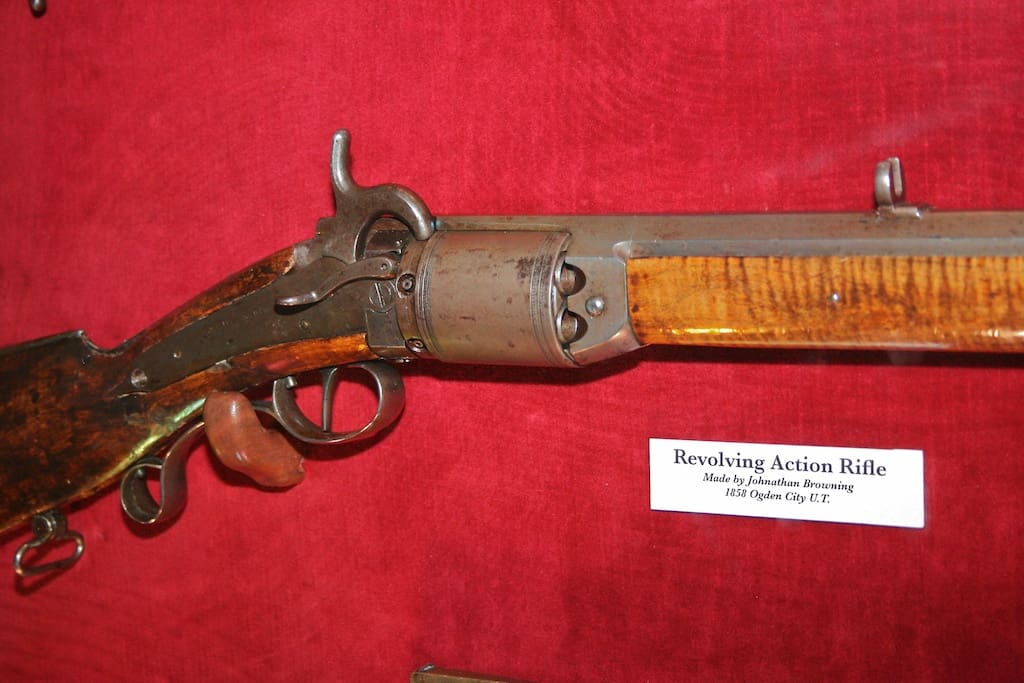
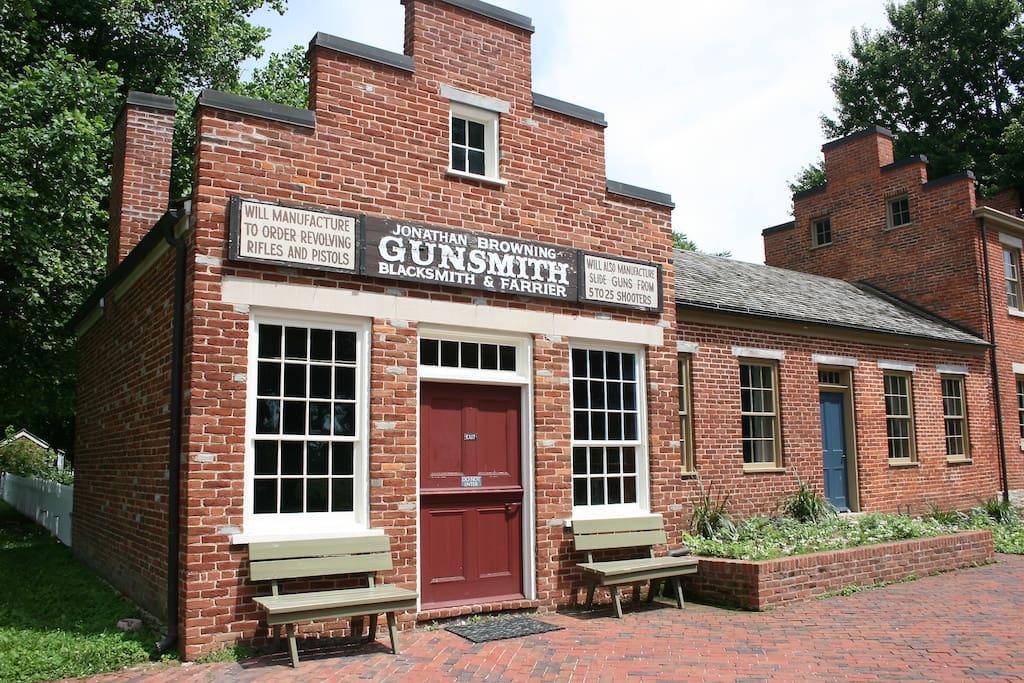

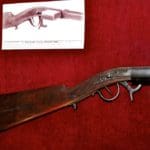
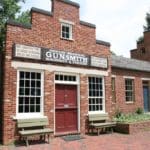
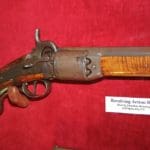
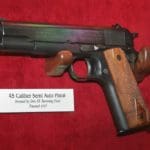

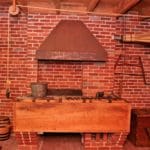

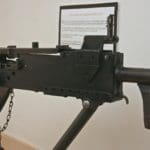



I will resist my historical pedantry here, and instead point out that the truth is a three-edged sword, and the history presented here is only one side.
That said, it is fascinating how the bloody history of the US, not that far behind us, influenced such an important gunmaker.
The point of this article is to help people interested in the history of firearms understand what influenced the world’s greatest gun designer. Thus, the history presented here is as the author believes J.M. Browning would have understood it.
This is not intended to be a complete telling of the violence of that era in that region. For a more complete look at this, I would recommend American Mobbing, 1828-1861:Toward Civil War (Oxford University Press, 2003) by David Grimstead
Also, John Krakauer, “Under the Banner of Heaven”, very good, comprehensive history of the evolution of Mormanism in the U.S. from the east to where they eventually ended up in Utah. Great piece.
I would like to know exactly where you got your information. As a Mormon myself I am willing to put my bias aside and try to make this more accurate. I understand that there is a lot of stigma about Mormons and their questionable practices, however I’d like to clear things up, not as a preacher but as a man.
Amazing article! Thanks a lot for the information and pictures!
Sharing with my gun-nuts friends
Very nice work on this piece. Thanks,
Paul
As a Mormon, it is awesome to read an article like this! There are a few inaccuracies in regards to dates surrounding the Mormon church such as the fact that plural marriage, aka polygamy was made public via church scriptures named Doctrine and Covenants in 1843. That was the only one that I could pull right off the top of my head! Great article about JMB!
Thanks for your feedback, but I believe my 1852 date is correct.
The revelation now known as Section 132 of the Doctrine and Covenants, which opened the door for plural marriage in the Mormon Church was received as early as 1831, was dictated to William Clayton (who, incidentally, was the owner of the 1844 Colt revolver and sword in the photo above) on July 12, 1843. It was not, however, included in the so called Nauvoo edition of the D&C (published in 1844).
It was added in 1876 along with 25 other previously unpublished sections. In fact, the 1835 and 1844 editions of the D&C contained a section, formerly 101, that read “Inasmuch as this church of Christ has been reproached with the crime of fornication, and polygamy: we declare that we believe, that one man should have one wife; and one woman, but one husband, except in the case of death, when either is at liberty to marry again.” This section was removed in the 1876 edition.
The doctrine of plural marriage was first officially acknowledged August 28, 1852, in the morning session of a special conference by Orson Pratt. Pratt’s announcement was reiterated and expounded upon my Brigham Young in a session later that same day.
Correct.
As a relative of the Browning Family, I feel blessed to be a descendant for the abolition of slavery.
An entertaining look back at the times that made the man.
Very well done! Informational, professional, and your style is excellent. Thanks for taking the time to include the photo’s. Browning was such a genius as I have heard a biography of him by a relative/researcher.
I hope you keep it up…I am looking at your other articles and they are very well done.
5 stars — thank you!!!
Very Good article. I hope there will be a follow up with more pictures and stuff. Any good links with JMB and Mormon information?
I really don’t have any links to recommend. Although much is available about JMB’s creations, there’s precious little about the man. For that, you’ll probably have to pick-up a good book. I first became interested in the man while reading a history of the Winchester Repeating Arms Company (it was a borrowed book I read on vacation the summer of 2006 and, unfortunately, I don’t remember it’s title), of which a large part of it was dedicated to the work Browning did for the company. I’ve found numerous biographies on JMB (Amazon lists about a dozen).
As for Mormon history, unfortunately much of the online content is tainted by rabid anti-Mormon sentiment or are rose-colored depictions by Mormon believers. The same can be said by many of the history and biography books, but, again, I think that’s where you will have to look to find anything really objective and comprehensive.
First of all, your history and citations are spot on. Very well done. Very informative. As a professional journalist, practicing Mormon and an amateur historian I believe this is simply fantastic.
For those who’d like as close to an objective view on Mormonism’s beginnings and it’s founder, Joseph Smith, take a look at Richard Lyman Bushman’s ‘Rough Stone Rolling’. Academically sound. Krakauer’s work is much more venomous and fails to view the Mormon history from all angles.
I’m a Mormon and it does me good to read a great article like this. Proud to have a legend gunmaker from the great land of utah
My understanding is that Hiram Smith, Joseph Smith Jr.’s brother, accidentally shot his brother while trying to enable his escape from jail.
On my trip to Nauvoo, I also visited the jail in nearby Carthage, Il, where Joseph Smith Jr. and his brother Hyrum Smith were killed. The Smiths were detained in the jailer’s master bedroom in the upstairs of the county jail. Before the mob assaulted the jail, the jailer escaped with his wife and their numerous children (I believe they had eight kids). When the mob rushed up the stairs and began shooting, Hyrum attempted to hold the door to their room closed. A bullet shot through the door and hit him in the face killing him almost instantly. The original door still hangs in place today with two large bullet holes – each greater than half inch in diameter.
The only gun in the room when Joseph and Hyrum Smith were killed was an Allen & Thurber style pepper-box six shooter. The gun was given to Joseph Smith after he was jailed by a visitor named Cyrus Wheelock. Eye witness accounts state that after Hyrum was killed, Joseph drew the gun from his pocket and fired into the stairwell and hallway leading into their room. Three of the six rounds misfired and three fired off.
Accounts vary, but three or four of the mobsters were wounded including John Willis (arm), William Voras (shoulder), William Gallagher (face), and (possibly, unconfirmed) a Mr. Allen. All four men fled the county after being indicted of the murders, and were never tried. Although one witness believed that two of the assailants were killed by the volley, none of these men apparently died of their wounds.
(NB: Five other men, Thomas C. Sharp, Mark Aldrich, William N. Grover, Jacob C. Davis and Levi Williams, were tried and acquitted of the murders. Their defense attorney was Orville Hickman Browning, a cousin of Jonathan Browning and friend of Abraham Lincoln. Cousin Orville later served as a US Senator while Lincoln was president and Secretary of the Interior under Andrew Johnson.)
There is no evidence that Hyrum Smith was armed, let alone accidentally shot his brother while trying to escape. However, there are some accounts that Hyrum suffered an unaccounted for bullet wound to the back in addition to the fatal shot he received to the face. Some modern critics of the Mormon Church have accused Joseph of shooting Hyrum. However, this speculation runs counter to historical accounts, including the testimonies given by the two surviving men who were in the room with the Smiths at the time of their murders.
Great post.Very informative and makes me want to explore more.
You have gained another reader.
My partner and I absolutely love your blog and find the majority of your post’s to be just what
I’m looking for. can you offer guest writers to write content to suit
your needs? I wouldn’t mind writing a post or elaborating on a number
of the subjects you write about here. Again, awesome website!
WOW just what I was searching for. Came here by searching for flatbed tow
Great article.
I really enjoyed reading this article. Anyone else who appreciated it may also want to read the book “Pioneer Gunsmiths and Guns” by Daughters of Utah Pioneers (Amazon.com carries it).
Thank you so much for your well written article! My son is doing a report on John Moses Browning and I wanted to paint a bigger picture for him to see why he was so interested in the craft of gun making and the importance of it in his life.
I appreciate you writing an honest account of history and with so much respect. Its refreshing!
Comments are closed.